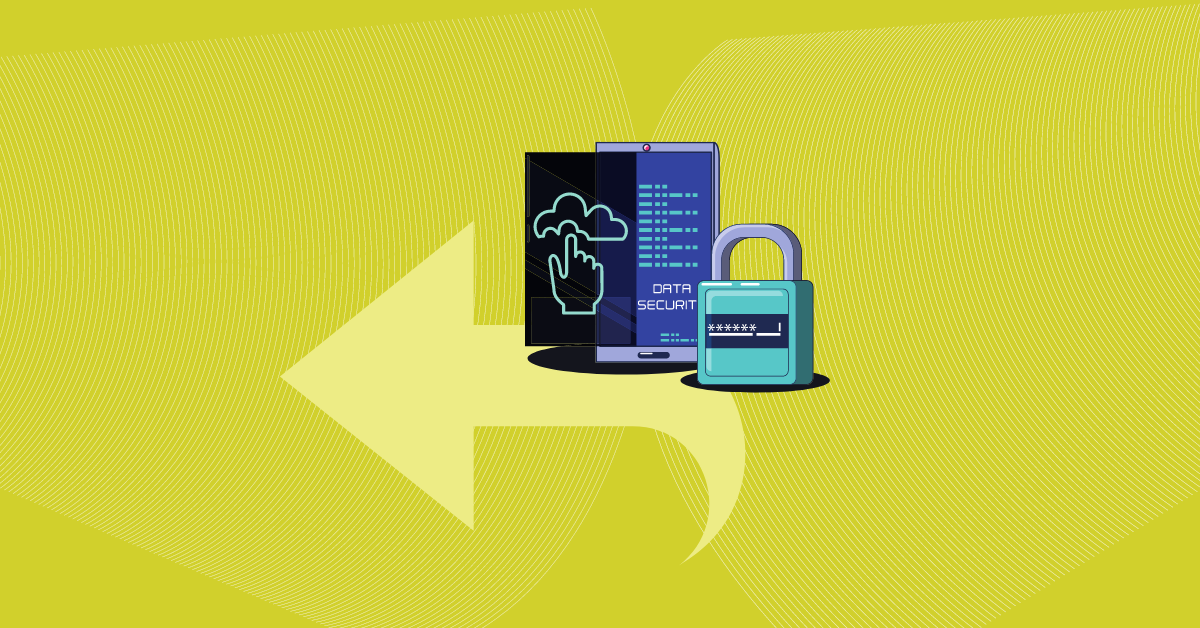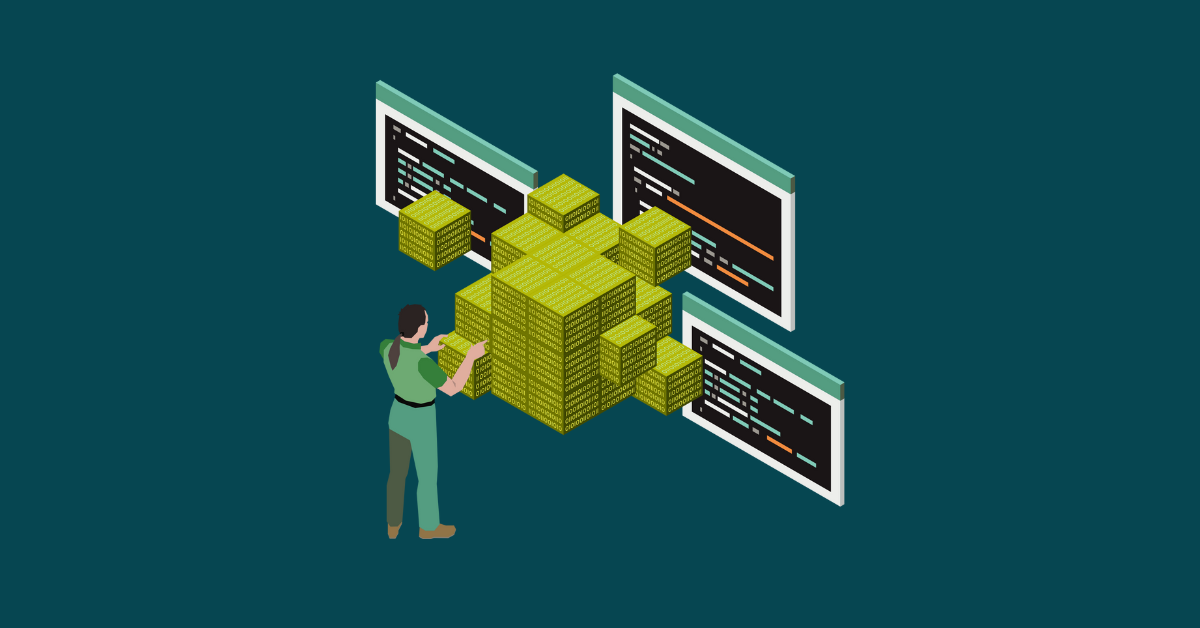

Complacency and passivity are no longer options for app security. Today’s software build failures can become tomorrow’s headaches when hackers locate the vulnerabilities your company failed to detect. A successful cyber attack can lead to data breaches, financial losses, and extensive reputational damage to your organization.
Providing your developers with the right tools for integrating security from the start and implementing a more proactive shift-left approach saves time and money while protecting your company from potential threats.
DevSecOps (development, security, and operations) is a methodology that integrates security throughout the IT development lifecycle. It goes beyond the security teams and requires everyone, from developers to release managers, to assume responsibility for ensuring an application’s security.
This represents a shift from older standards, where security concerns didn’t become a factor until late in the software development lifecycle (SDLC). Integrating security from the start and every stage establishes a proactive security culture among IT teams and positively impacts the whole company. Risk mitigation and threat protection become a top priority compared to a reactive approach to an incident like a security breach.
This saves brands valuable time, money, and resources.
Ensuring security becomes a fundamental consideration for your developers when they start a build. In addition, stakeholders must learn to elevate security requirements, perform threat modeling, and define their overall security objectives. Other essential elements of DevSecOps include:
Secure coding practices are essential to minimizing the presence of security vulnerabilities. Follow validation guidelines like secure authentication, error handling, and input validation to lower the potential of a bad actor finding a hole through which they can perform malicious actions like:
Adhering to DevSecOps makes it easier for businesses to reduce risks and resolve security issues during the SDLC.
The shift left approach is a core component of DevSecOps. Security concerns move from the end (right) to the beginning (left) of the SDLC. Security architects get involved early to ensure that each component and configuration item receives the correct patches and gets configured securely.
A few of the many benefits of a shift-left approach include:
When implemented correctly, a shift left approach in DevSecOps helps streamline development and reduce the time needed for troubleshooting. This allows companies to deliver their products to the market faster, giving them an edge over competitors.
According to IBM’s Cost of a Data Breach Report 2024, organizations paid an average of $4.88 million globally because of data breaches. Industries like healthcare paid out even more. That money could have been used to benefit workers and help businesses grow but was instead spent cleaning up the mess of a data breach.
Think of early vulnerability detection as going to your doctor annually. Being proactive about your health allows doctors to catch potential issues earlier, saving you money and enhancing your quality of life. Similarly, you want to avoid putting your company in a position where it’s reacting to cyberattacks that lead to higher costs as you perform remediation and damage control.
Taking a proactive approach and protecting your company is much easier.
Finding issues early in the development lifecycle allows IT personnel to locate and remediate security risks before they become an opening for bad actors. That lowers the chances of your organization missing a vulnerability that opens up the potential for hacker exploitation.
After understanding how the shift left approach helps with early vulnerability detection, here are some best practices companies should follow for DevSecOps.
Integrating automation into the DevSecOps process creates a more secure software release process. It helps teams work through SDLC steps more quickly, including speeding up continuous code integrations. You can build and execute automation frameworks around every phase, ensuring that security functions get integrated from test to stage to production.
For example, you can use automation tools to perform threat modeling to identify and prioritize data risks. With the right platform, you can quickly implement threat modeling approaches like STRIDE:
One of the best ways to educate employees on secure development practices is to keep an updated repository of DevSecOps documentation. This documentation should cover the security responsibilities of every role in the SDLC. Examples of other information to cover in your documents include:
Application and data security should be prioritized at the top. Company leaders must go beyond technical solutions and integrate security into everyday behaviors and practices. Ingraining security into the company culture makes employees more likely to adopt secure practices.
Becoming more security-centric helps organizations protect themselves against cybersecurity attacks. This establishes trust among customers, partners, and stakeholders, strengthening the company.
Kiuwan’s DevSecOps security platform gives companies everything they need to help developers navigate security during development. Organizations can easily conform to standards set by organizations like OWASP and NIST. Learn more about Kiuwan’s powerful capabilities with a demo from a solutions engineer who can answer your questions and set you up with a free trial.


